Most development kits look way different from the final product. Check out some of the different devkits from across gaming history. Thank you gaming companies for deciding against some of these.
The PlayStation 4 development kit was code named Orbis, and included a controller that is shaped slightly different than the final product.
The PlayStation 3 devkit put on its best 90s cassette player impression.
The PlayStation 2 development kit was significantly larger than the final product, but unlike Sony’s more recent kits, is aesthetically similar to the retail version. The PS2 devkit was made available to colleges for game design education.
This blue unit is a specially made PlayStation 1 console used for debugging. This console was able to play unsigned PS1 games in order to search for bugs.
The Xbox One development kit looks a lot like a regular Xbox. That’s because every Xbox One can be converted into a development kit.
The Xbox 360 development kit looked similar to the final product. The grey box on the top of this version is called the sidecar and was used as an HDD, DVD emulator, and performance tester.
This clear-cased OG Xbox may look like a sweet special edition console, but it is actually a devkit. While Microsoft did release a retail version of the Xbox with a clear case, the development case was uniquely shaped: significantly narrower, but taller than the final design.
The WiiU development kit contains a system called CAT-DEV, a uniquely shaped GamePad, and the sensor bar.
NDEV is the name of the Nintendo’s Wii development kit. Contained within the gigantic box is a number of debugging and testing hardware as well as the recognizable GameCube controller ports.
The development kit for the Nintendo GameCube looks very similar to the final product. However, instead of an optical drive, it is equipped with a cartridge reader.
The Nintendo 64’s development kit was simply a cartridge reader that would be plugged into an SGI Indy Workstation.
In the days of the NES and the SNES, there was not an official development kit. Instead, developers would have to build their own using specialized cartridges and various software provided by Nintendo. Pictured below is the Pegasus SNES that was developed by the German gaming company, Factor 5.
The Sega Dreamcast development kit, codenamed Katana, was a computer tower that could be connected to any PC running Windows 98 or NT via an SCSI connection. It allowed developers to test a variety of video outputs and different regions.
Pictured above is one of several different Sega Saturn devkits called Sophia. This first edition, Japanese development kit was only used until 1995 and was later replaced by an improved version, due to the fact the CD drive rarely worked.
This development kit actually serves multiple purposes. On top, there is a Genesis cartridge port, and the front is designed to accept CDs.
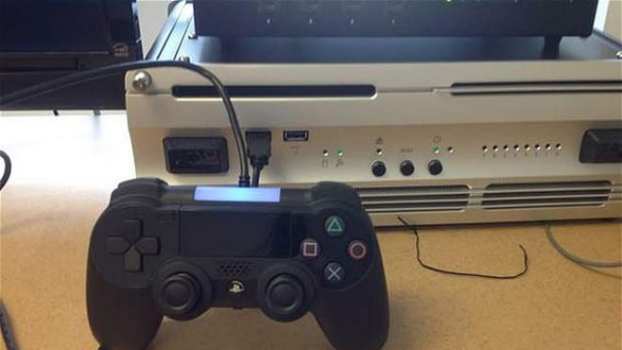
PlayStation 4
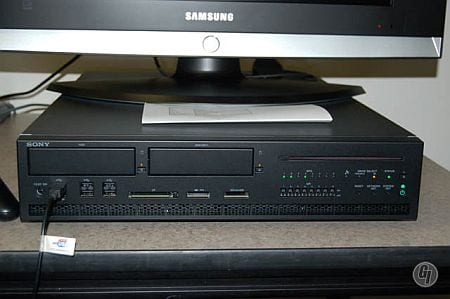
PlayStation 3
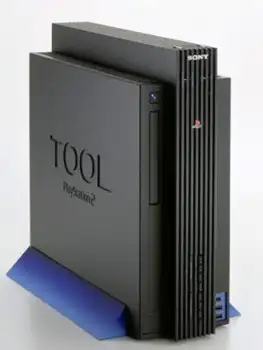
PlayStation 2
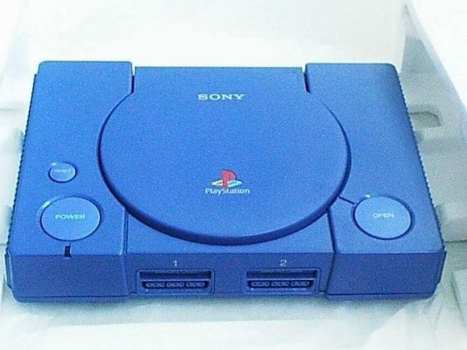
PlayStation 1

Xbox One
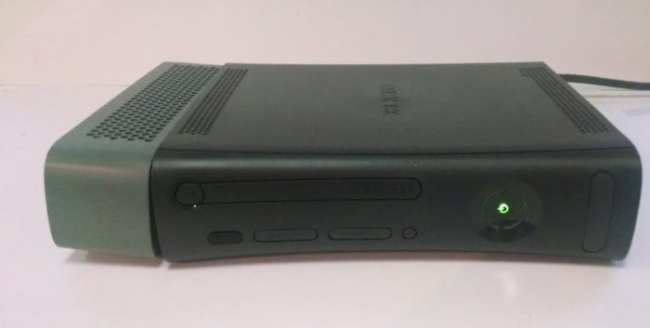
Xbox 360
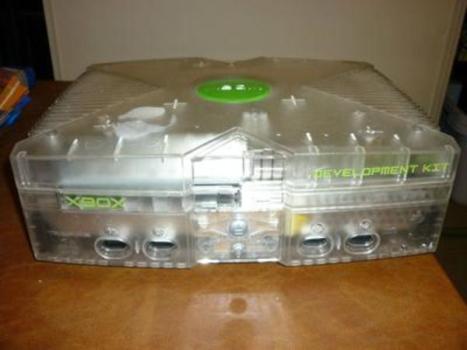
Original Xbox
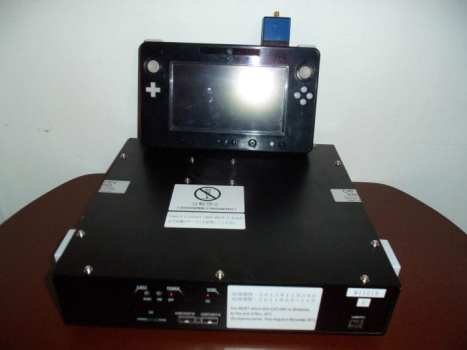
Nintendo WiiU
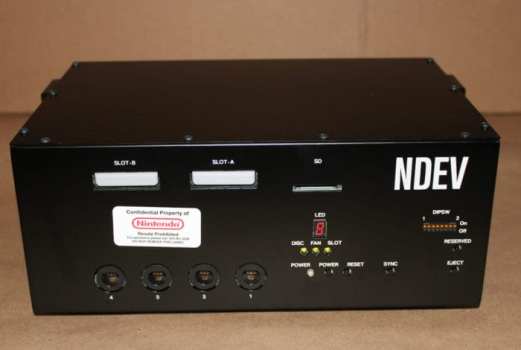
Nintendo Wii
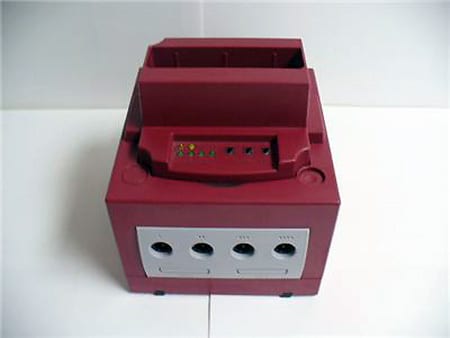
Nintendo GameCube
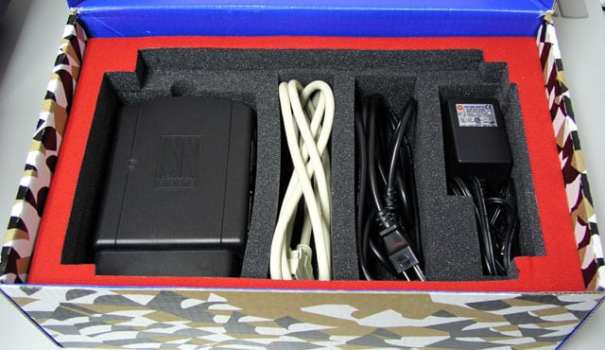
Nintendo 64
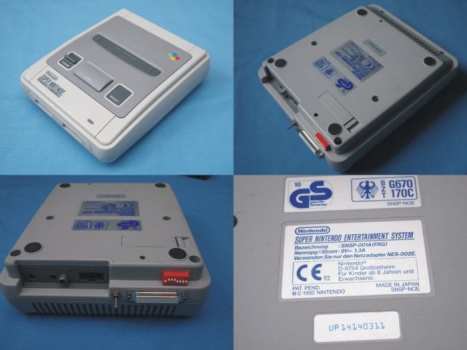
Super Nintendo
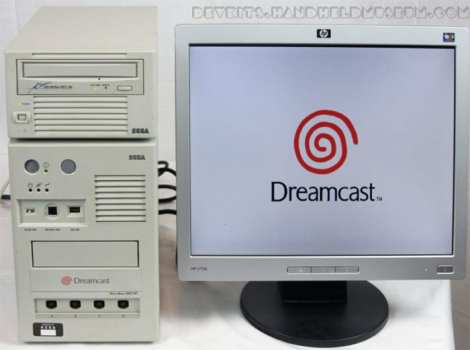
Sega Dreamcast
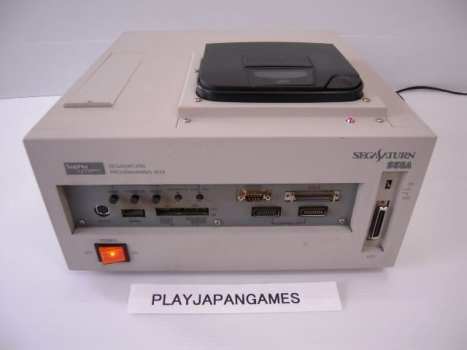
Sega Saturn
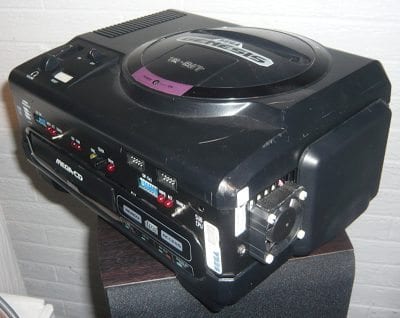

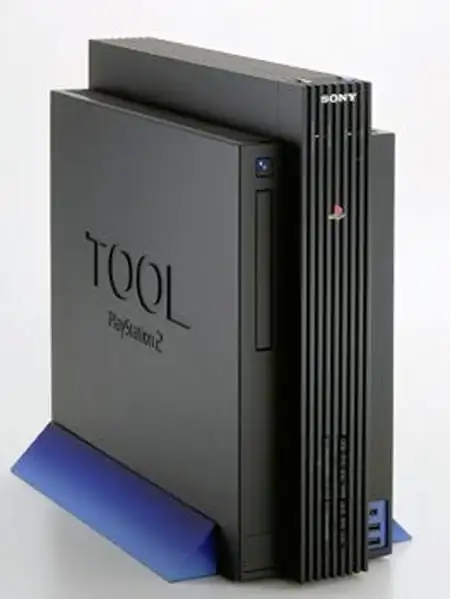











Updated: Jun 5, 2016 04:46 pm